Most homeowners don’t consider bees and wasps a pest problem in the fall–after all, bees conjure up the image of the springtime season, spreading pollen from flower to flower, and wasps are a sure sign of summer. However, the reality of the situation is, both bees and wasps can still cause huge problems around your property, even in the fall. Read on to discover more about these creatures, why they’re an even bigger problem in the fall, and when to call for the help of an expert.
How do wasps and bees nests mature
Many species of wasp and bee populations begin to reach peak population size in the fall. Eggs laid by the queen in the spring have hatched, worker bees or wasps have been busy during the summer seasons in providing support and helping the colony grow, and by the time fall comes around, the populations have expanded significantly, making bees and wasps a pest problem in the fall for homeowners.
The effect of natural food sources on bee and wasp fall activity:
In the spring and the summer, creatures like wasps and bees can easily forage for food and visit flowers. However, by the time fall comes around, the change in season means that these types of food sources are no longer readily available for the pests. They have to look elsewhere in order to find food and survive. Some new sources of food include fallen fruit rotting on the ground, which is high in sweet sugar that bees and wasps crave. Other food sources might include garbage cans. If these pests feel their food source is being threatened, the chances of them stinging increases.
How to reduce the danger of stings
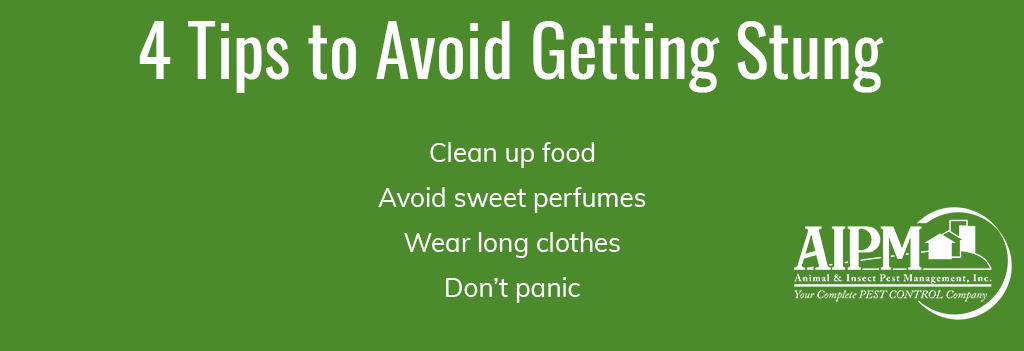
Stings are one of the things people are most scared of when it comes to bees and wasps. After all, they wouldn’t be nearly as frightening without their mighty stinger. If there’s high amounts of bee and wasp activity around your home, be sure to take these four simple steps to help prevent the chance of stings during any season.
- Clean up food: Bees are attracted to food of all kinds, so clean up after every meal, don’t leave food uncovered, and wash dishes after a meal is finished.
- Avoid sweet perfumes: Flowery or fruity perfumes or lotions can attract bees. By selecting natural-scented products, bees will be less likely to investigate the smell.
- Wear long clothes: Wearing long-sleeve clothes and long pants reduces the amount of exposed skin that a bee or wasp can sting.
- Don’t panic: Hide any signs that could be perceived as potential aggression if you come in contact with a bee or a wasp. Keeping cool will greatly reduce the danger of stings.
For more insider tips on how to avoid bee things this fall, be sure to download this free guide!
How do bees or wasps get in my home and nest in my walls?
Bees and wasps are small and can be persistent in entering your home. They can enter your home through any small hole, such as gaps or cracks in the wall. They can also enter through vents, gutters, and even gas pipes.
Once they enter your home, they’ll likely begin to seek out hollow spaces where they can construct a nest. Areas like your roof, attic, and cavities in your wall are common areas that these pests build their home inside your property.
When to call an expert
There’s no need to get stressed about a single bee bumbling around your home. However, it’s best to call a pest control expert like AIPM before signs of swarming or infestation begin. Even just a single hive spotted can spell danger for your home and the people living inside of it. A professional pest control specialist can safely and effectively remove bee and wasp infestations from your property, so that you don’t have to worry about the dangers of stinging or the infestation lingering on.
Conclusion
Stay vigilant for any signs of bee or wasp activity in the fall, especially if there are any signs of a nest being constructed in your home. If bees and wasps are sighted on your property, make sure to try and prevent the possibility of stings, and call a pest control specialist like AIPM to help solve your pest problem quickly and professionally!

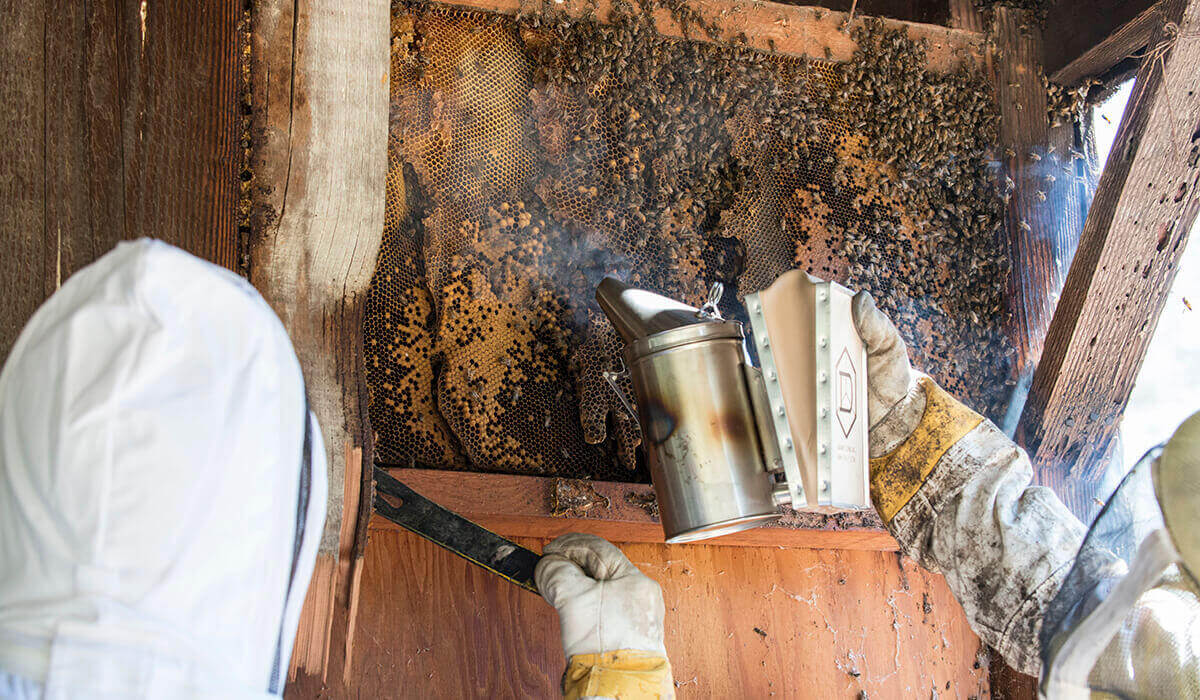


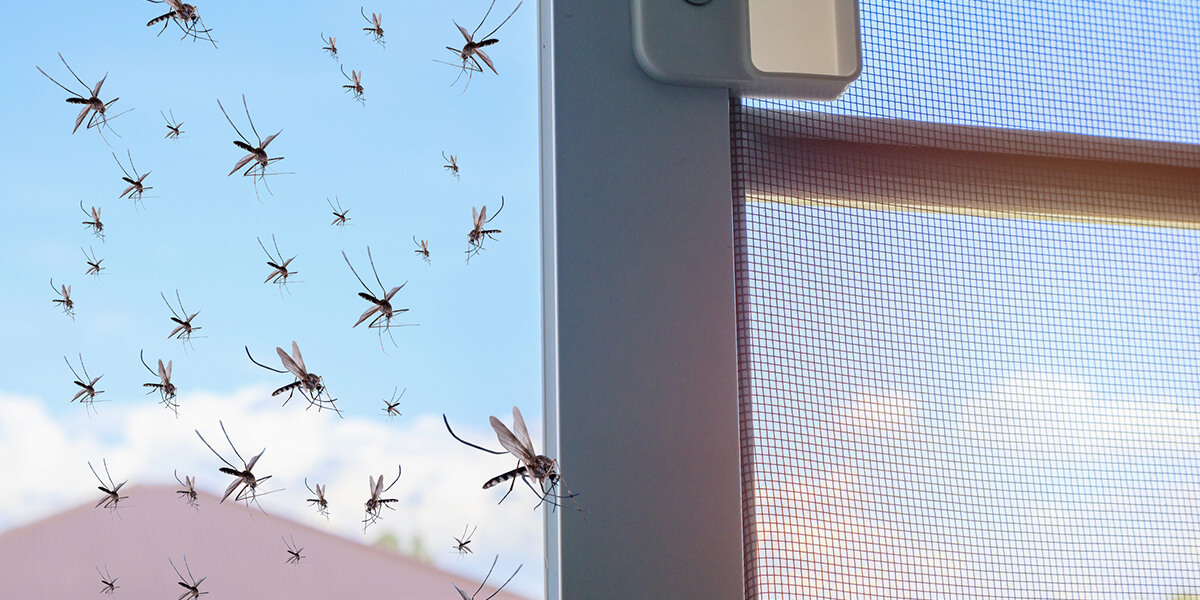
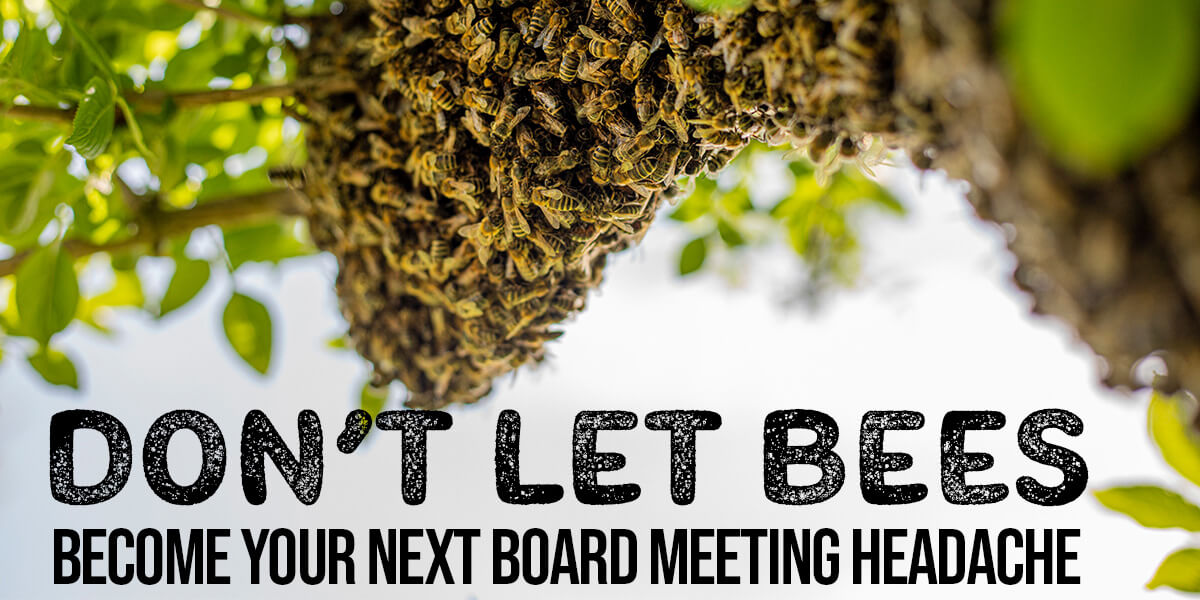
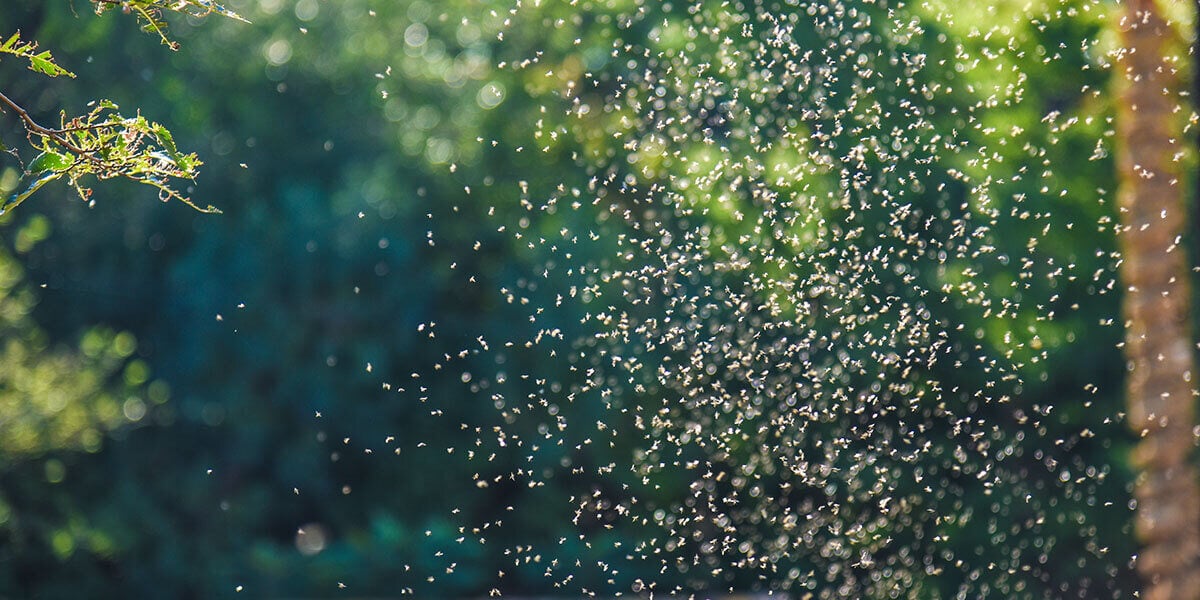



Submit a Comment